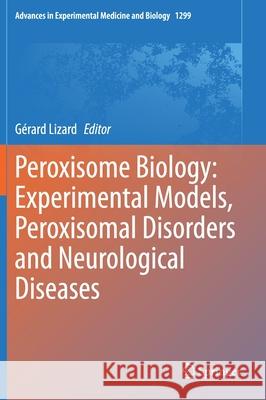Peroxisome Biology: Experimental Models, Peroxisomal Disorders and Neurological Diseases » książka
topmenu
Peroxisome Biology: Experimental Models, Peroxisomal Disorders and Neurological Diseases
ISBN-13: 9783030602031 / Angielski / Twarda / 2021 / 212 str.
Peroxisome Biology: Experimental Models, Peroxisomal Disorders and Neurological Diseases
ISBN-13: 9783030602031 / Angielski / Twarda / 2021 / 212 str.
cena 693,97 zł
(netto: 660,92 VAT: 5%)
Najniższa cena z 30 dni: 689,15 zł
(netto: 660,92 VAT: 5%)
Najniższa cena z 30 dni: 689,15 zł
Termin realizacji zamówienia:
ok. 20 dni roboczych.
ok. 20 dni roboczych.
Darmowa dostawa!
Kategorie BISAC:
Wydawca:
Springer
Seria wydawnicza:
Język:
Angielski
ISBN-13:
9783030602031
Rok wydania:
2021
Wydanie:
2020
Numer serii:
000253056
Ilość stron:
212
Waga:
0.60 kg
Wymiary:
25.4 x 17.78 x 1.42
Oprawa:
Twarda
Wolumenów:
01
Dodatkowe informacje:
Wydanie ilustrowane











